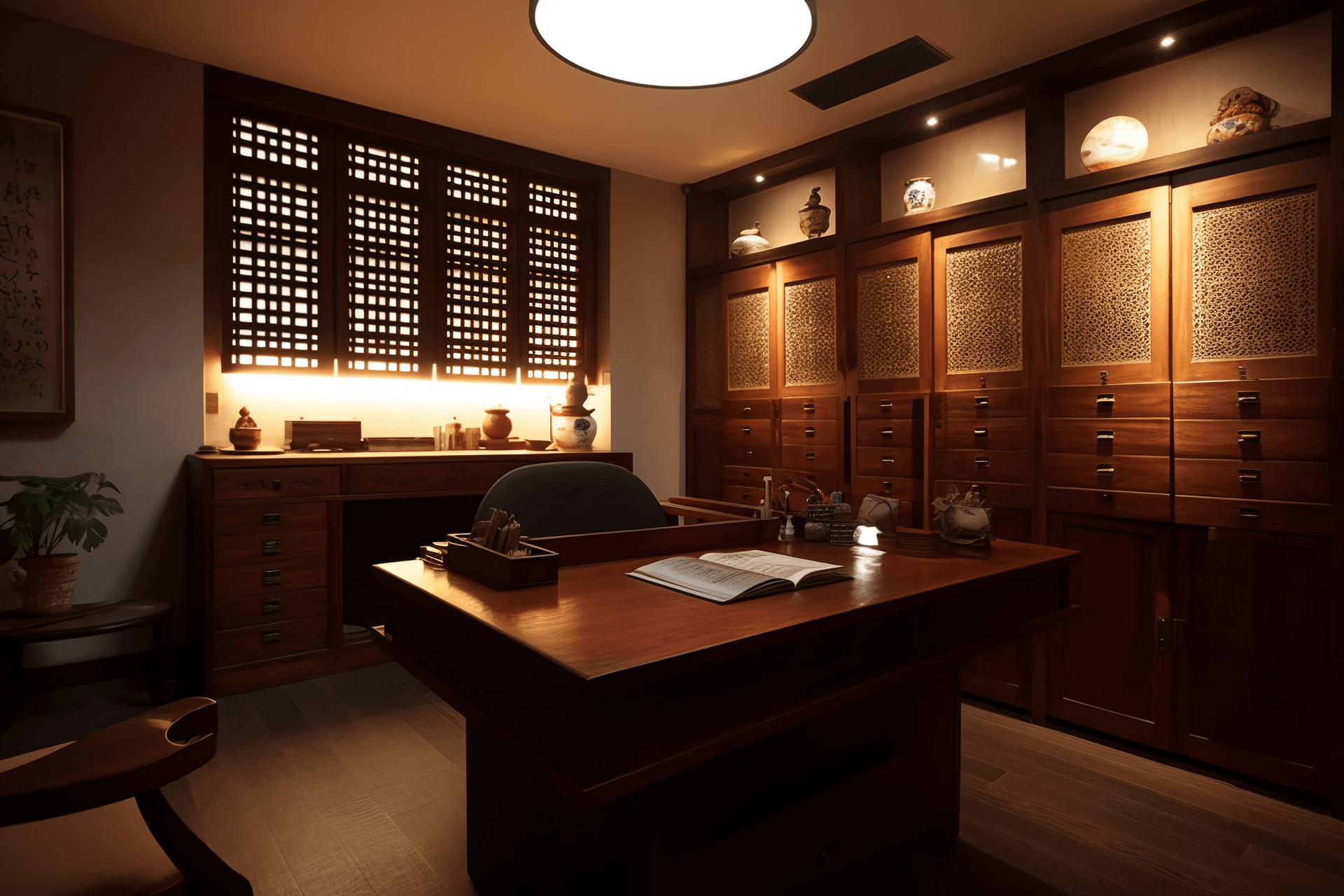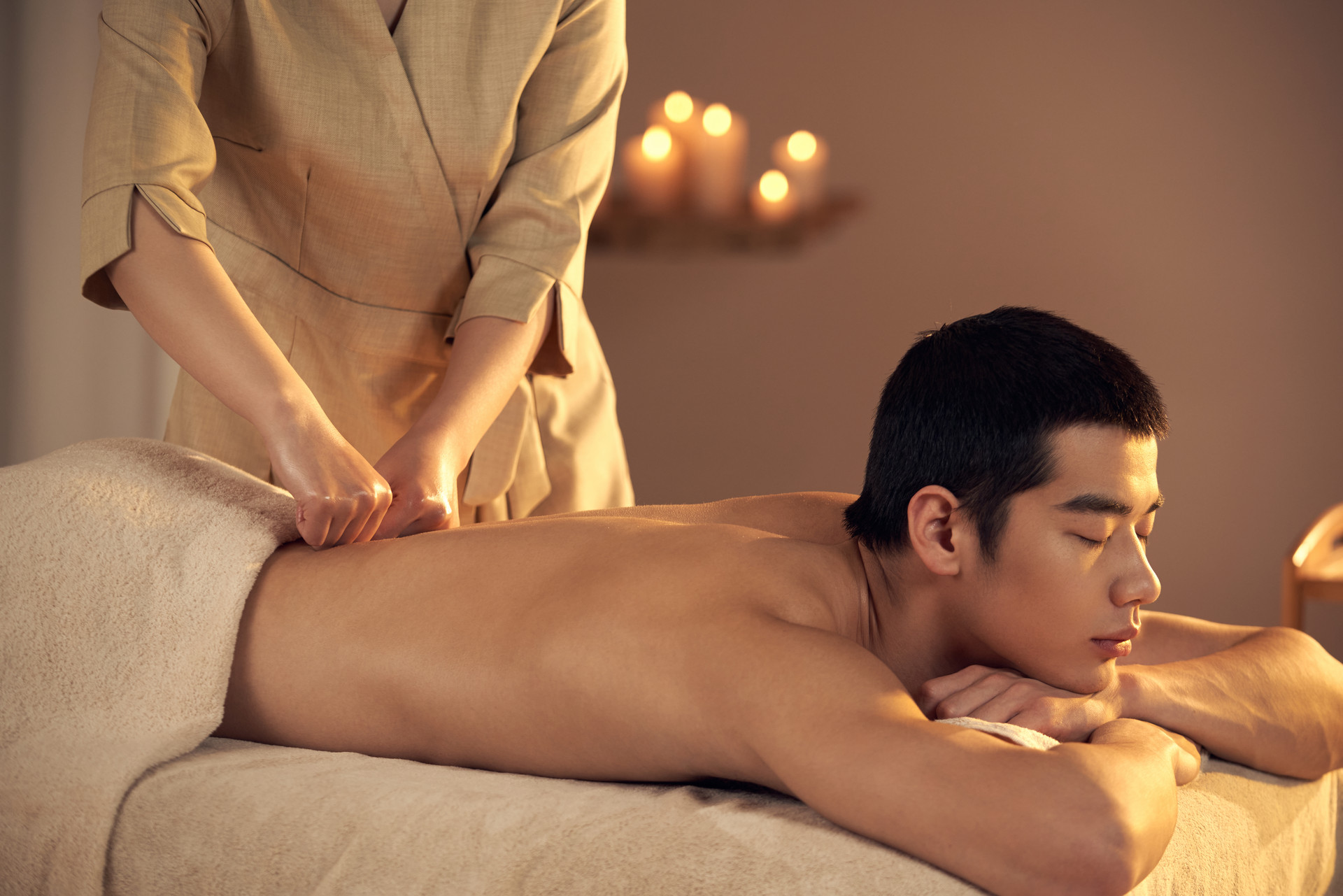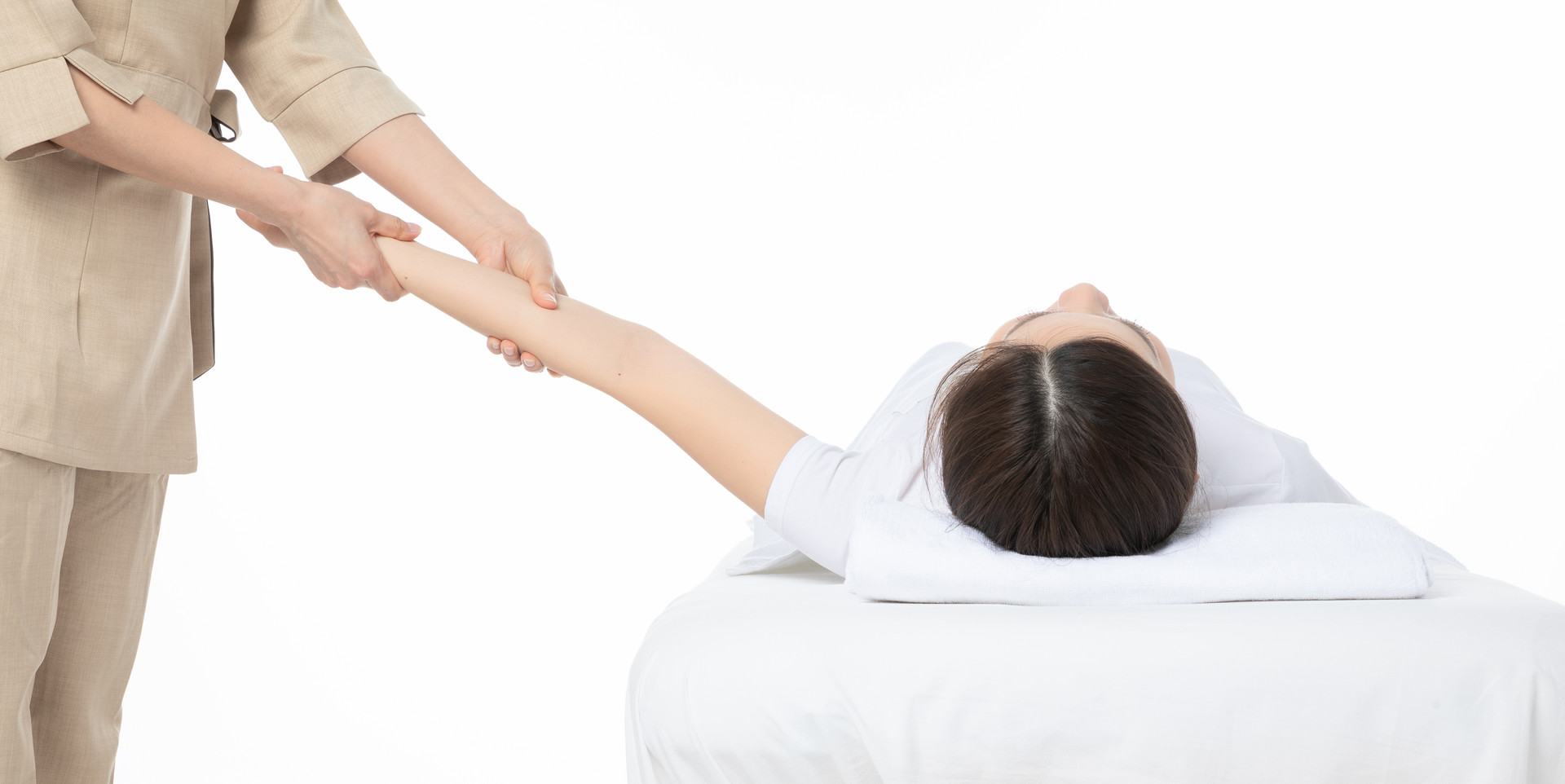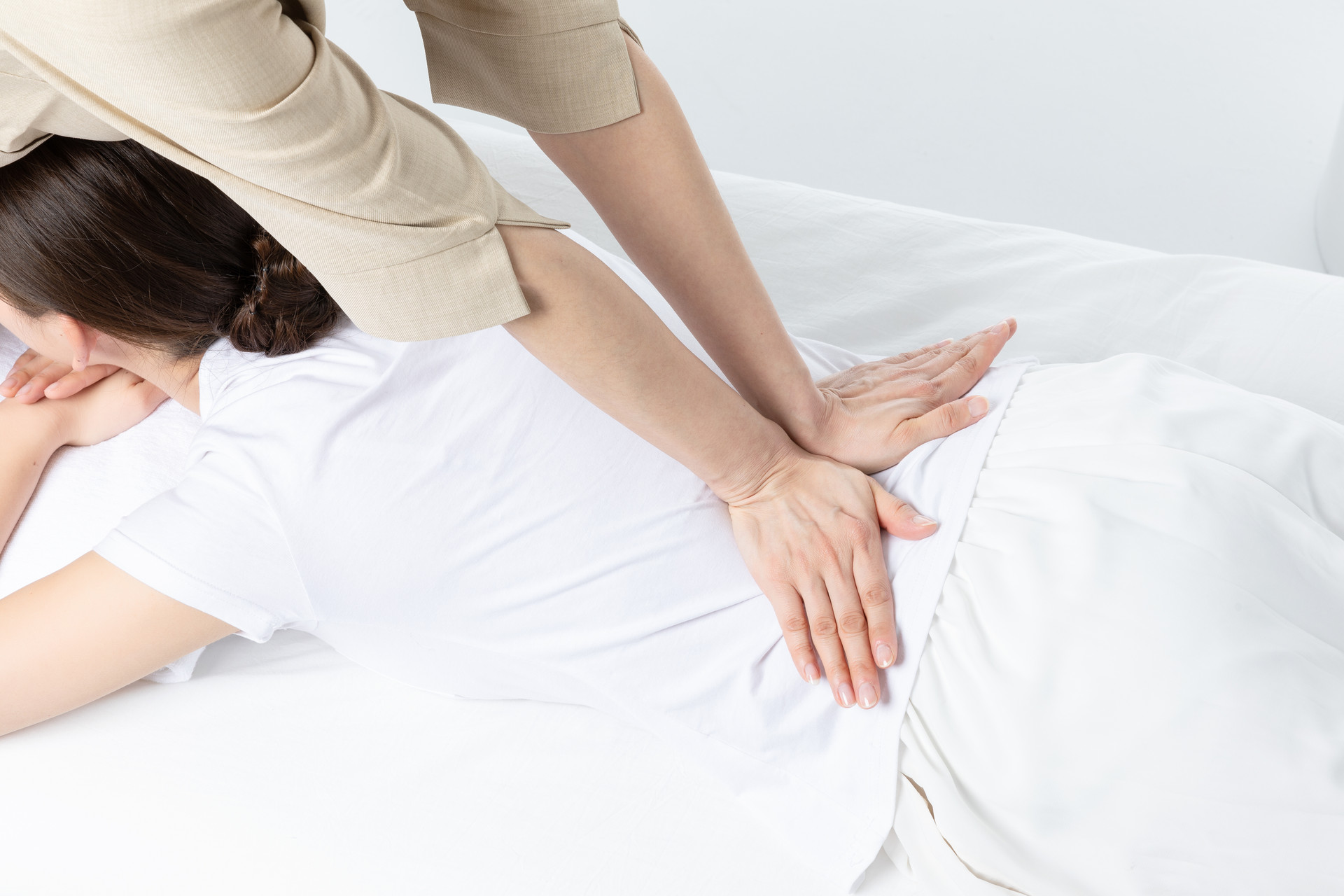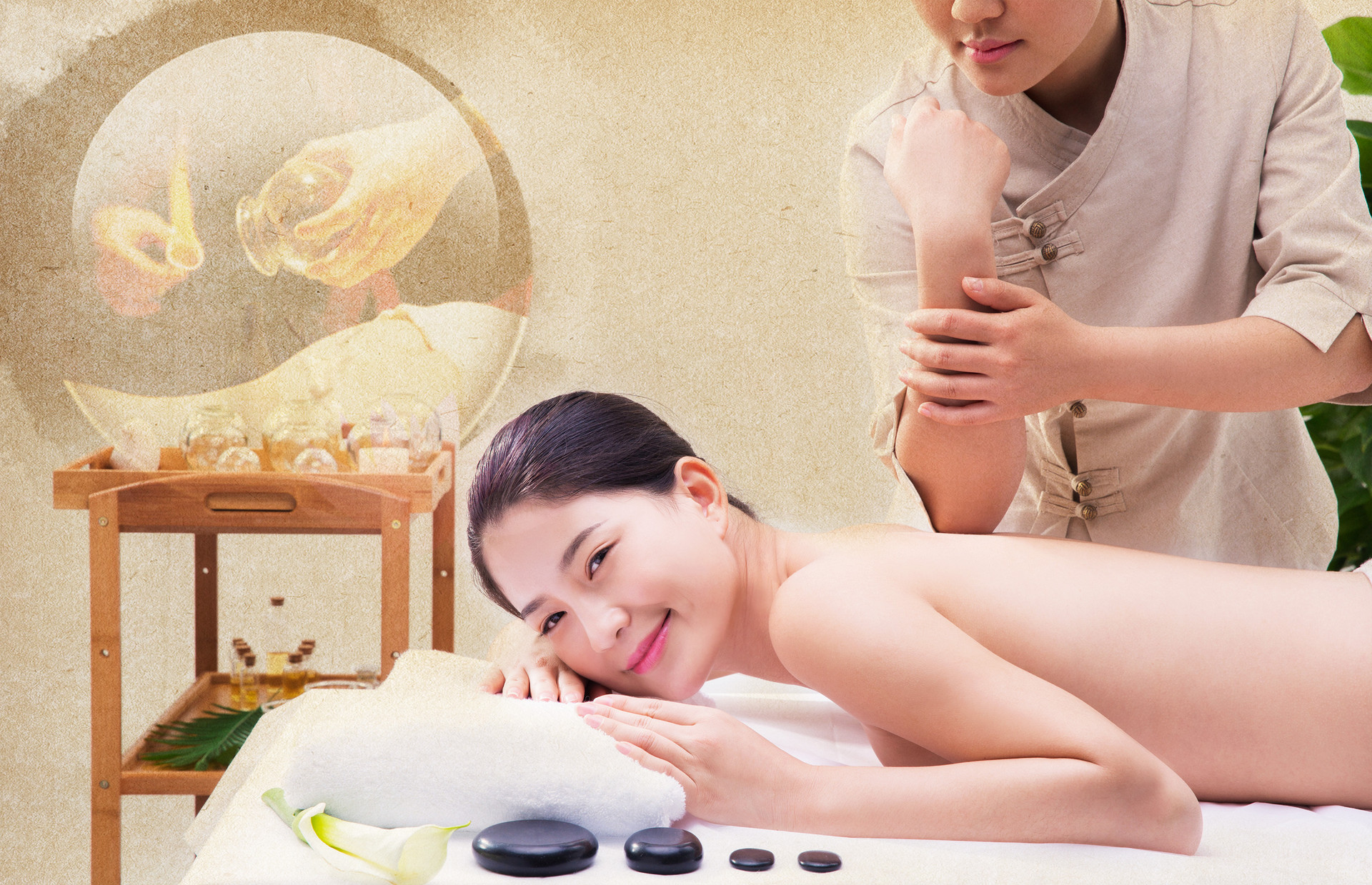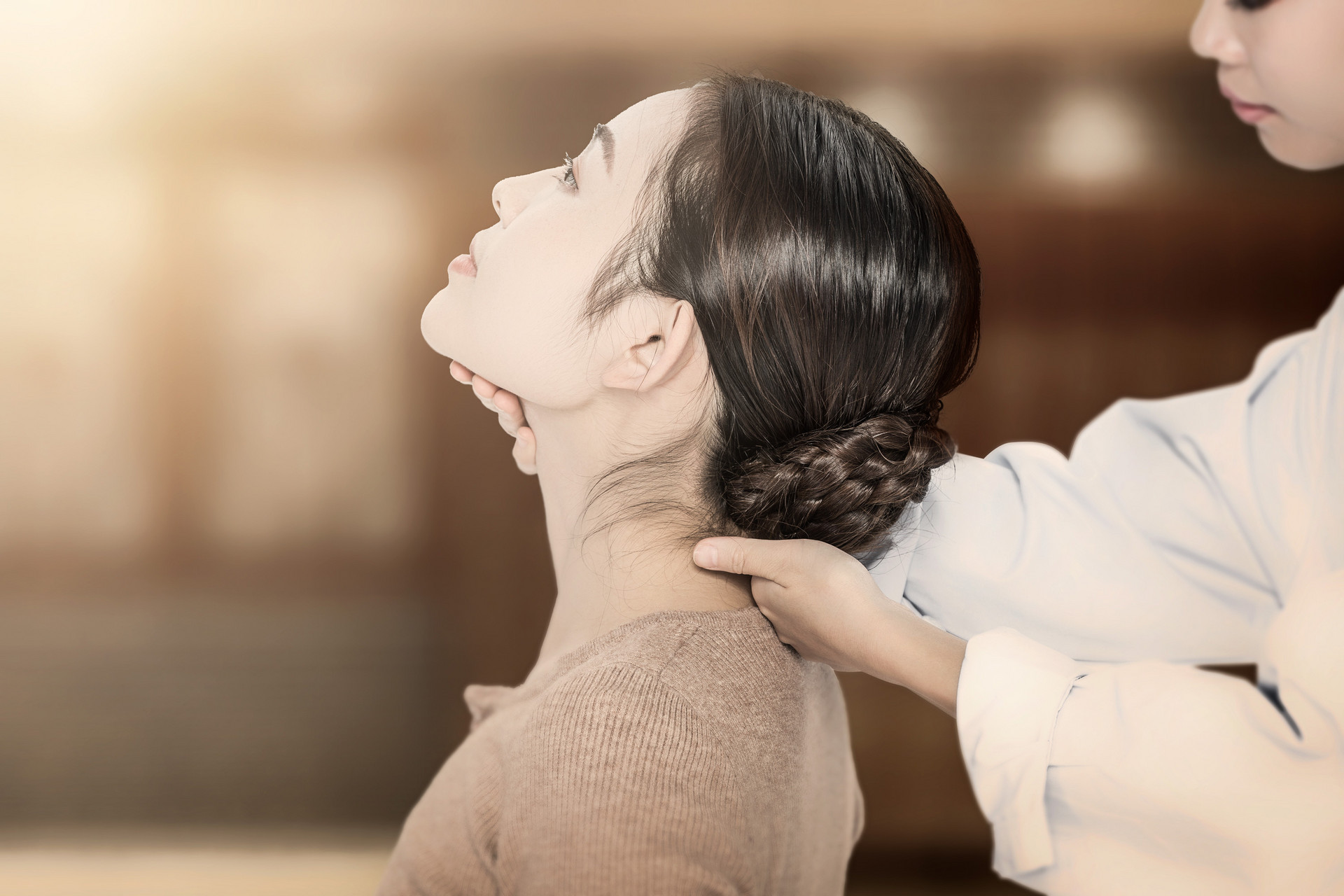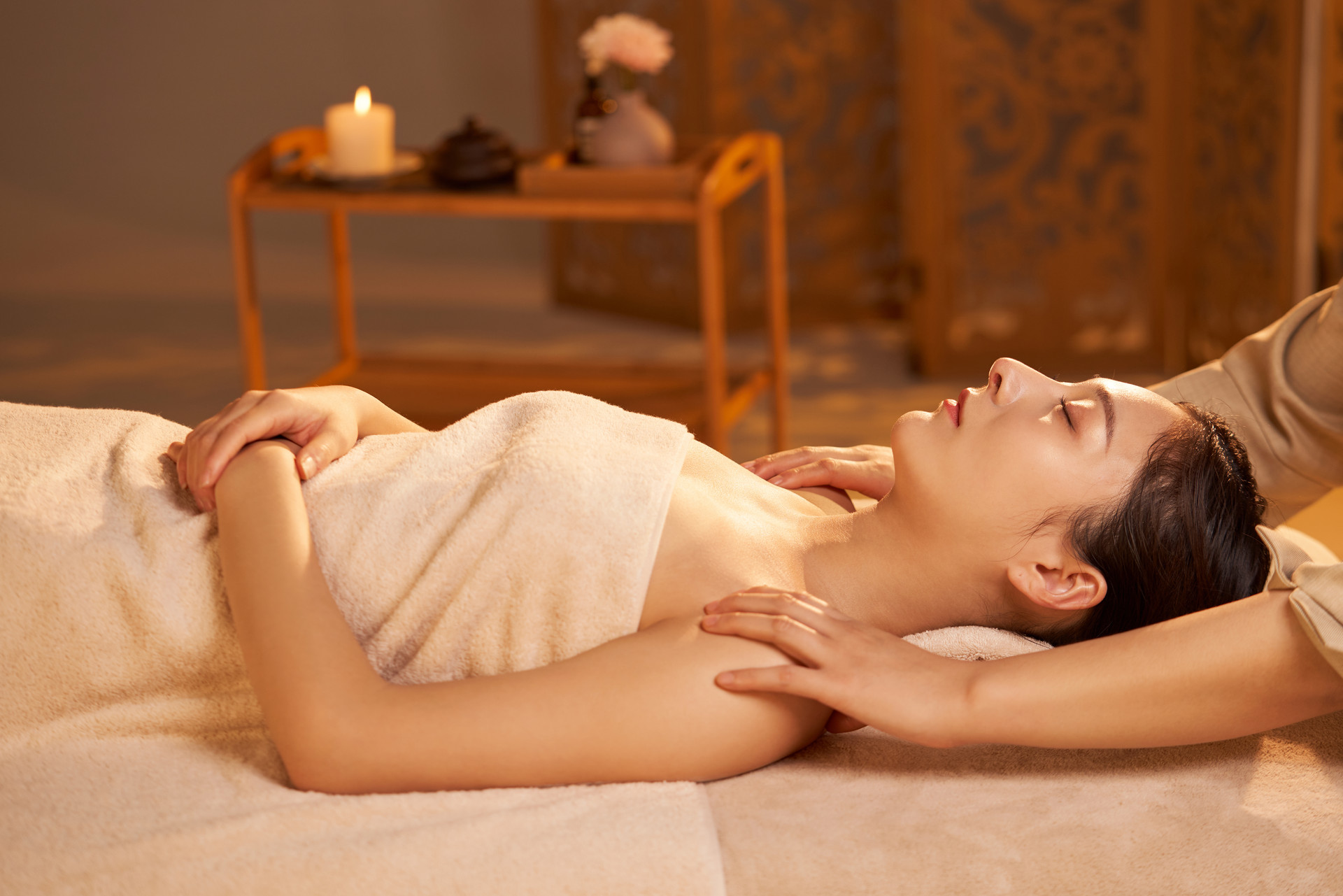Vibration therapy is a method of treating diseases by using wooden sticks to vibrate and strike specific areas of the body, incorporating techniques such as massage, tendon kneading, and bone correction. The therapist holds a vibrating stick in one hand and targets specific areas with various-shaped stick heads, striking the top of the stick with the vibrating stick. The intensity and speed of the strikes indicate the treatment for deficiency or excess. It is mainly used for the following conditions: immediate effects include tendon sheath cyst (tendon aggregation, tendon condensation), sprains, and stiff neck; significant effects include chronic soft tissue injuries, joint pain, shoulder and arm pain, back pain, sacroiliac joint strain, hip joint strain, and knee joint strain; effective for colds, headaches, dizziness, palpitations, insomnia, rib pain, epigastric pain, and calf muscle spasms. "Medicine finger" therapy combines the vibration of the "vibration stick" with external application of medicine. The stick is dipped in medicated wine and used to vibrate and strike the affected area as a method of treatment. This treatment is more effective than pure "vibration stick" therapy or pure external medicine treatment. However, depending on the location of the affected area, whether it is on bone prominences, bone depressions, within tendons and bones, or between skin and bones, the stick, being a hard object, can cause local edema if not used properly, and even damage tendons and bones. The human finger is flexible and can be light or heavy when hitting the affected area, gentle or firm, pressing or rubbing, pushing or grasping, allowing for free selection of the location, which the stick cannot compare to. Therefore, using the finger instead of the stick avoids the disadvantages of hitting with a stick and gave birth to this ancient therapy called "medicine finger". It has been used to this day. It is mainly used for soft tissue injuries, joint pain, tendon and bone pain, muscle pain, and chronic strain of fascia and tissues, especially effective for pain that can be relieved by pressing between the skin and tendons and bones.
【Operational Method】
1. Vibration Tools
The preferred vibration tools are made of two types of wood: water willow and flower willow, because they are hard, produce clear and crisp sounds, and have large vibration amplitudes when operated. They are divided into two categories and eight stick shapes for specific areas: vibration sticks (for striking), including long and short sticks; and vibration head sticks (for pressing on the affected areas), including coin-shaped head sticks (for tendon aggregates), duckbill-shaped head sticks (for both sides of the spine), saddle-shaped head sticks (for gaps between fingers and toes), sawtooth-shaped head sticks (for hip joint depressions), bean-shaped head sticks (for spinal, rib, knee, and ankle joint depressions), and cone-shaped head sticks (for gaps between joints) (Figure 2.8).
2. Vibration Techniques
1. Basic Techniques: The basic techniques involve holding the vibrating stick and striking or pressing the stick head on specific areas. The hand holding the vibrating stick is called the "vibration hand," and the hand pressing the stick head is called the "pressing hand." The movements of both hands must be harmonious and appropriate.
2. Pressing Hand: Generally, the left hand is preferred for pressing, and the following points should be noted: ① The pressing should be appropriate; excessive pressure can break the skin and even damage tendons and bones, while light pressure will not have a therapeutic effect. ② Beware of the patient's limbs moving freely. ③ The vibration hand and pressing hand should cooperate flexibly; the stick should not be stationary while pressing.
3. Vibration Hand: Generally, the right hand is preferred for vibrating. When vibrating, use wrist strength, and the vibrating stick should be centered on the top of the stick head. Light pressure should be applied when striking heavily, and heavy pressure should be applied when striking lightly. There are six techniques: light strikes, heavy strikes, fast strikes, slow strikes, continuous strikes, and intermittent strikes.
4. Treatment According to the Condition: There are generally eight types of sensations that can be described: ① Relaxation (tonifying): achieved through light strikes and slow strikes, resulting in a feeling of relaxation, suitable for deficiency patterns such as headaches and lower back pain. ② Slight numbness (tonifying): achieved through light strikes, slow strikes, and continuous strikes, resulting in a mild numbness, suitable for tremors and dizziness caused by excessive mental exertion. ③ Wind blowing sensation (tonifying): achieved through light strikes, continuous strikes, and intermittent strikes, resulting in a sensation of wind blowing, suitable for lower back pain and dizziness after excessive physical exertion, and can also be used to treat palpitations and insomnia. ④ Unbinding sensation (tonifying): achieved through gentle strikes, resulting in a feeling of unbinding, mostly suitable for deficiency patterns such as colds. ⑤ Constriction sensation (purging): achieved through heavy strikes and fast strikes, resulting in a feeling of constriction, suitable for excess patterns of lower back and leg pain. ⑥ Heavy pressure sensation (purging): achieved through heavy strikes, fast strikes, and continuous strikes, resulting in a feeling of heavy pressure, suitable for lower back and leg pain, as well as pain in various limb joints caused by falls or external injuries. ⑦ Weight-bearing sensation (purging): achieved through heavy strikes and continuous strikes, resulting in a sensation of carrying a heavy object, suitable for coma. ⑧ Muscular movement sensation (purging): achieved through continuous heavy strikes and fast strikes, resulting in a sensation of muscle twitching, suitable for twisting injuries of the lower back. However, due to individual differences in body strength, differences in the affected area, and differences in techniques used, the obtained sensations may not be the same. The most easily obtained obvious sensations in clinical practice include a sense of heaviness and fullness at GV20, a sense of numbness and heaviness at Baihui, an electric shock sensation at Xiaohai, and a sour and heavy sensation at the knee-eyes. These sensations achieved through this therapy are not the same as the "qi" obtained through acupuncture, and they are not easily achieved through massage therapy. In order to improve the therapeutic effect, both methods can be combined when using this therapy, such as using massage techniques after vibration therapy to treat tendon sheath cysts.
| 1 2 3 > >> >>|



